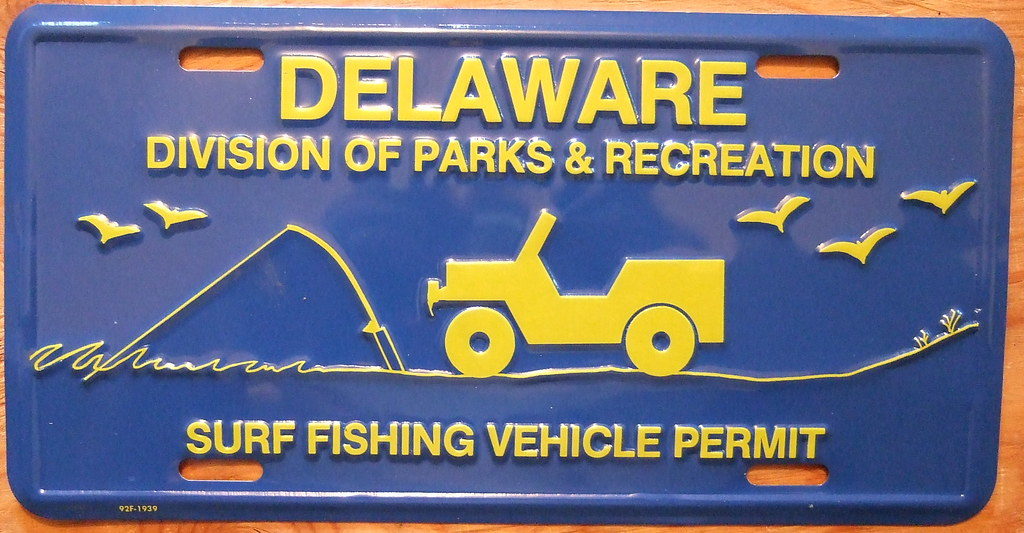By Eric Burnley, Sr.
Delaware Bay
I was disappointed when most of my reporting stations were closed and those that were open had nothing to report from the tidal creeks, rivers or bay. With the mild weather and warm water temperatures we have, I thought the yellow perch run would have started, but such is not the case in Delaware. Perhaps the heavy rain on Saturday put a damper on the fishing. I did have a report from Perryville, Maryland of small male yellow perch caught from the deeper holes and also from the deep holes in the Choptank River. Live minnows on a bottom rig or a jig head have been the best baits.

Inshore Ocean
Head and charter boats sailing from Lewes, Indian River and Ocean City are finding limits of tog, with some to double digits, on good-weather days. On some days the boats have to try several locations before finding fish willing to bite, but once they get going the action can be very good. It is also good to see anglers releasing large females so they can spawn and keep the species in good shape.

Offshore Ocean
No offshore report this week.
Indian River Inlet
A few dedicated tog fishermen are trying, but they are not finding much success at the Inlet. No word on perch, white or yellow from the Indian River.
Surf Fishing
Same story here as at the Inlet. A few folks with high hopes trying the surf only to have them dashed by a lack of fish.
Freshwater
The mill ponds are producing bass, crappie and pickerel on live minnows or shiners. I had no reports from the upper reaches of the tidal creeks or rivers, but I suspect the spillways hold bass, and crappie as well as catfish.
Change that Line
Winter is the best time to respool your reels with new line. Monofilament line should be replaced every year. Braid will last much longer, unless it has been impacted by a bad guide or other rough surface.
I find it easier to take my reels to my favorite tackle shop and have them respool the line. The line-winding machine does a better job of laying the line on tighter and more evenly than I can by myself.
If you have to replace your braided line, you may not have to fill the entire reel. For instance, if you use braid on your flounder outfit, you know you won’t be fishing in more that 120 feet of water, yet the reel may hold 600 feet of 30-pound braid. Fill the first half with mono then top it off with braid. Here too, having this done at a tackle shop with a line-counter on the line-winder, makes the job much easier.
This is also a good time to check your rods for any flaws in the guides by rubbing a cotton swab around each one and look for strands that will stick to rough places. Those guides need to be replaced. Also look for cracks in the reel seat or in the wraps that secure the guides.
Don’t put this off until the first fish show up this spring. By then the shops will be backed up with work and you won’t want to wait.
READ MORE at delaware.gov

